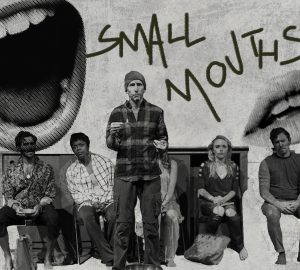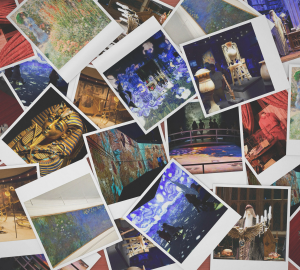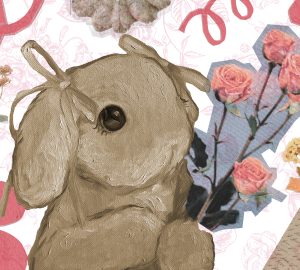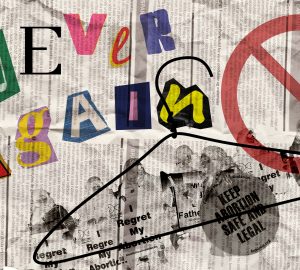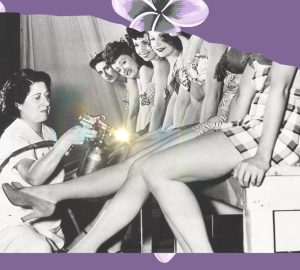How to Speak With Artists Part Three: A guide for writers writing about artists
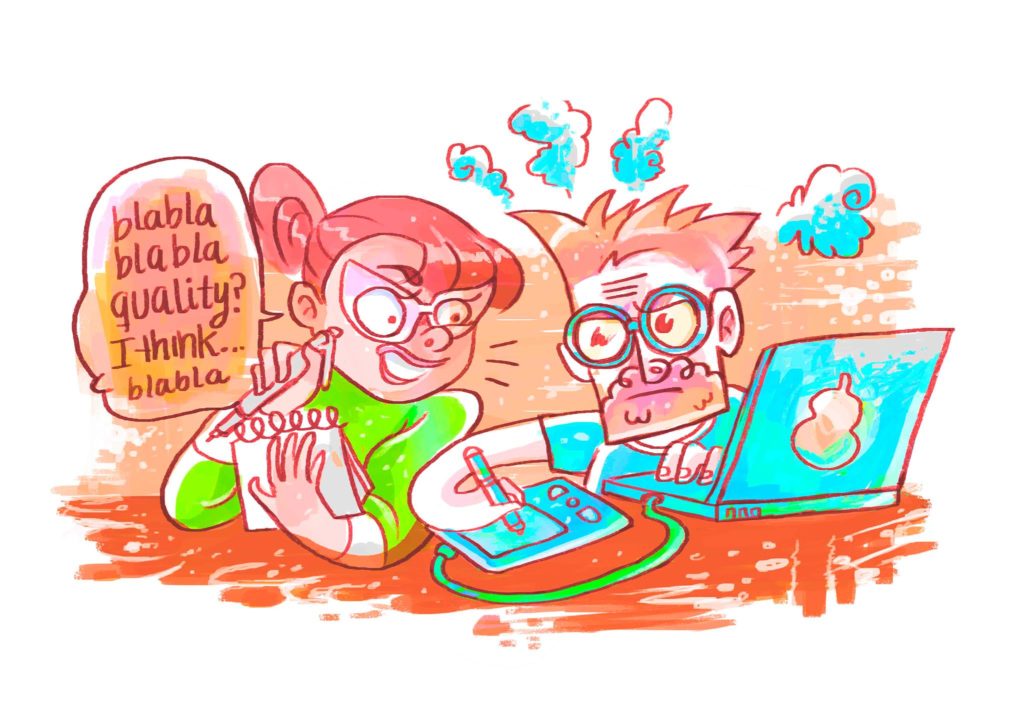
Peruse any magazine stand and you’ll find art magazines. There is a great need for people to write about art and do it well. So if this is your interest, I hope in Part Three, the final installment of my writer’s guide for interacting with those art people, you’ll find something you can use in these 10 tips for writing about artists:
1. Reach out to the artist ASAP
Step one is also easily one of the most terrifying. Unless you know the artist personally, send a professional email or make a phone call explaining who you are, what you want to write about them and why. If you have received the go ahead from the editor of the art magazine you’re doing this freelance piece for, say so. Similarly, if the editor of the magazine has arranged for you to speak with the artist beforehand, let them know or have something prepared, because they may be waiting on your call. If you are going to write about the artist and then try and pitch it as an article for a magazine, let them know that’s what you’re doing and see if they want to go through with it. I would argue this works better with local artists, not the art gods, so tread lightly. If not, thank them for their time and let them know how they can reach you if they are ever interested.
2. Don’t go overboard with the email…
…Or the phone call for that matter. One of the first things you learn as a writing student is how to simplify your work. This sometimes means cutting out entire paragraphs of your toil and trashing them like your favorite TV show does to your favorite characters. Speaking from personal experience, sending off an incredibly detailed email or leaving an hour long speech on the answering machine doesn’t make you come across as professional. If anything, it makes you seem insecure in your own writing ability. Keep it professional, but don’t write a thesis.
3. Don’t be late
Many of these tips could fit under the header, “if it doesn’t fly at the job interview, it won’t fly here.” This is especially important if you’re making a studio visit or coming to their home for an interview or something along those lines. Being late is a huge no-no and should be avoided at all costs. I’m not saying you should approach the artist you’re writing about with your tail between your legs if you run into an unusual spot of traffic or something, but try to be on time. It shows the artist you value their time and are professional. This in turn will make them feel like they can trust you to tell their story. This also applies to scheduled phone interviews.
4. Don’t cancel at the last minute
Unless there’s a tragedy in your family or you are so sick that you can’t even get out of your bed without the help of an industrial crane, don’t cancel at the last minute. Give notice at least a day in advance if you aren’t going to be able to meet the artist or get in contact with them at the agreed upon time and reschedule if they’re interested.
5. Let the artist show you around
This doesn’t mean that you walk in expecting the artist to give you a personalized tour of their studio, but if you’re looking to gather information, invite the artist to talk about their work and what the goal is or the vision behind their pieces. This will give you plenty to write about usually and not leave you to play guessing games with what you’re looking at. This may also help you avoid a discrepancy with misrepresenting the artist. They may hate what you write about them even if half of it comes from them directly, so be aware of that.
6. Don’t criticize the artist
If the artist is letting you write about them, consider it a privilege. Do not overstep your boundaries by rattling off inane criticisms about their work. You are to write about them and their work, not judge its quality. If they ask for your opinion, be careful in what you say that isn’t glowingly positive. Do not even say you wish they would make it smaller or frame it or expand upon it — these problematic statements will get you nowhere.
7. Don’t ask how much something costs
Unless, again, this is somehow super important to the article or the artist requests for you to include it, don’t even bother with this. It is just unnecessary and comes across like you’re trying to gauge the piece’s value or make an offer on it.
8. Believe in yourself
This is hard, but you’re the writer. You’re the one who has gone through all of the schooling and all the existential crises after workshops. If they put you on the job, they trust you to do it. Don’t get me wrong, we still all have a lot to learn and are going to make mistakes, but don’t let the fear of not being able to do it stop you. If anything, it’ll be great practice.
9. Don’t let the artist dominate you
This probably won’t happen. In all of my talks with artists, I’ve found that they’re generally nice and understanding and are just as nervous about the process as you are. However, you may run into an artist who wants to control the entire process. This could be an intense PR effort, to make sure that their projected image stays unsullied, or it could just be out of insecurity and a lack of trust. You should try your best to accommodate them and make them comfortable and therefore naturally be open and candid, but if they’re pushing you around and taking complete editorial control, put your foot down (as professionally as possible) and remind them that you’re the writer of the piece. It’s your job to write it, not theirs.
10. Enjoy the experience
I can’t draw a straight line to save my life, but I love art. From seeing a print of Dali’s “The Persistence of Memory” in my therapist’s office as a kid, to watching Marina Abramovic self-flagellate on an ice bed in an art history class I took, I’ve always been amazed and intrigued by all kinds of art. Perhaps this is why I relish the experience of writing about art and artists. I get a detailed glimpse of them and their work, a kind of factory tour where I learn the secret behind my favorite chocolate bar, then get to share a little of my insider knowledge and extreme love with the world through my writing. It may be stressful, it may be weird, it may end up making the artist title a video rant. “Gee I really hate (insert your name),” but that is just them burning an effigy of you and screaming. What I’m trying to say is, it may not go at all like what you want, but that doesn’t mean you shouldn’t try to enjoy every last second of it.
That’s all the writer tips I have for now. Bear in mind that this is by no means a definitive set of lists or all encompassing, but meant to give you some general advice to work with in your dealings with artists. If you have more to add, stories to tell or something you’d like to see written in this area, let me know in the comments below.

